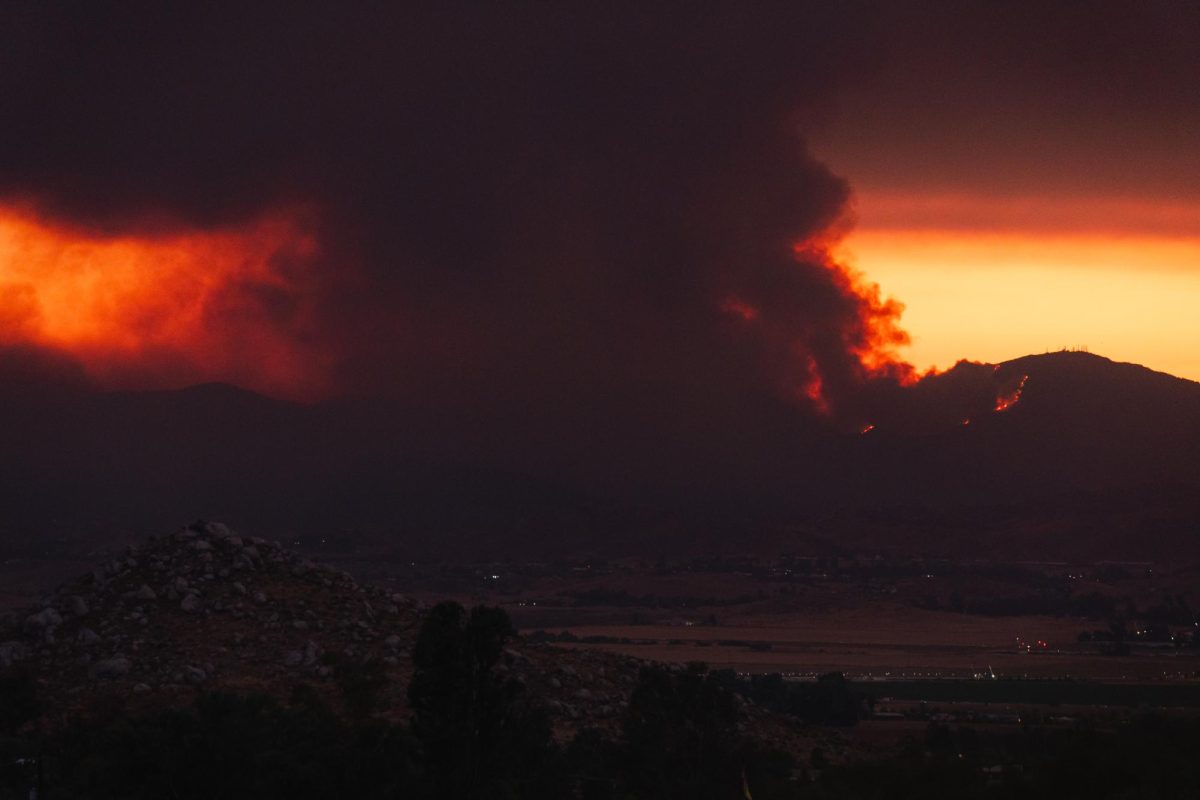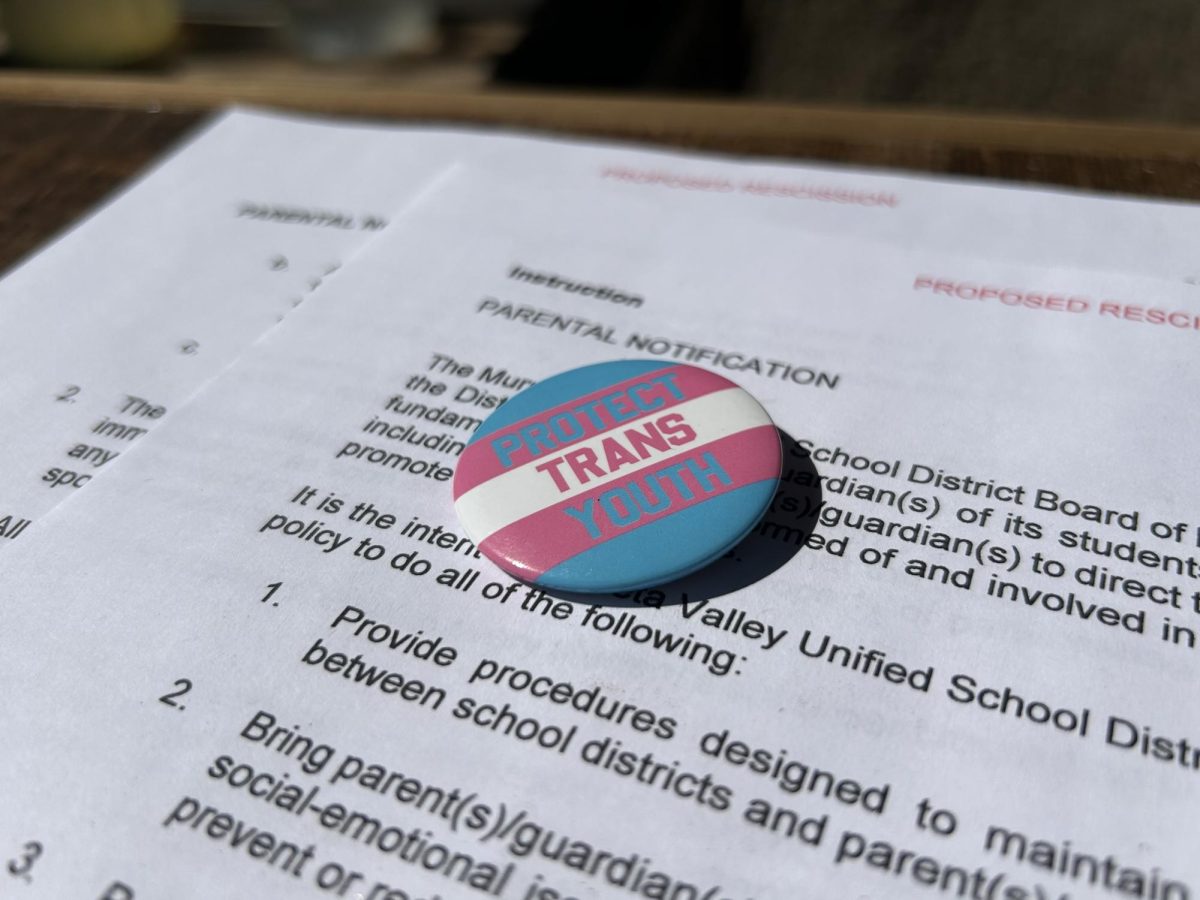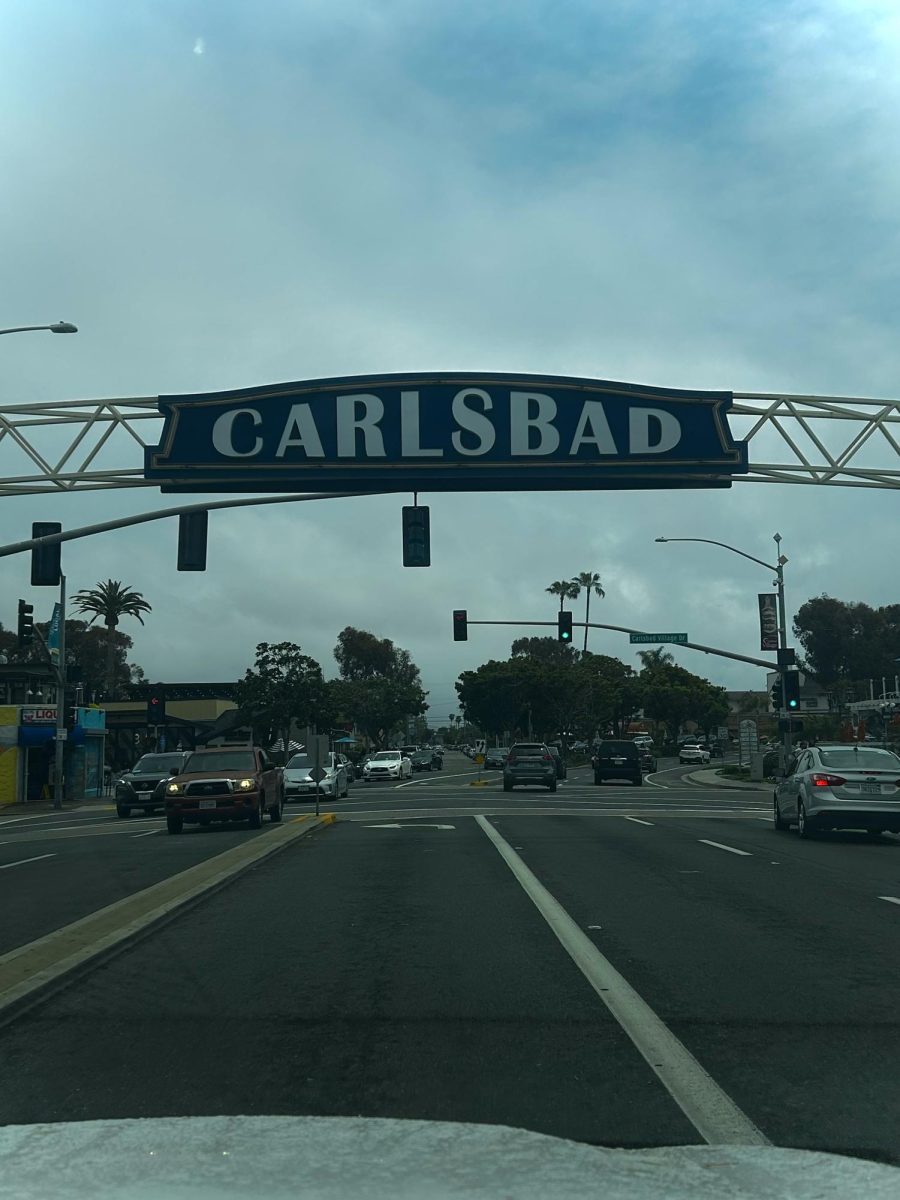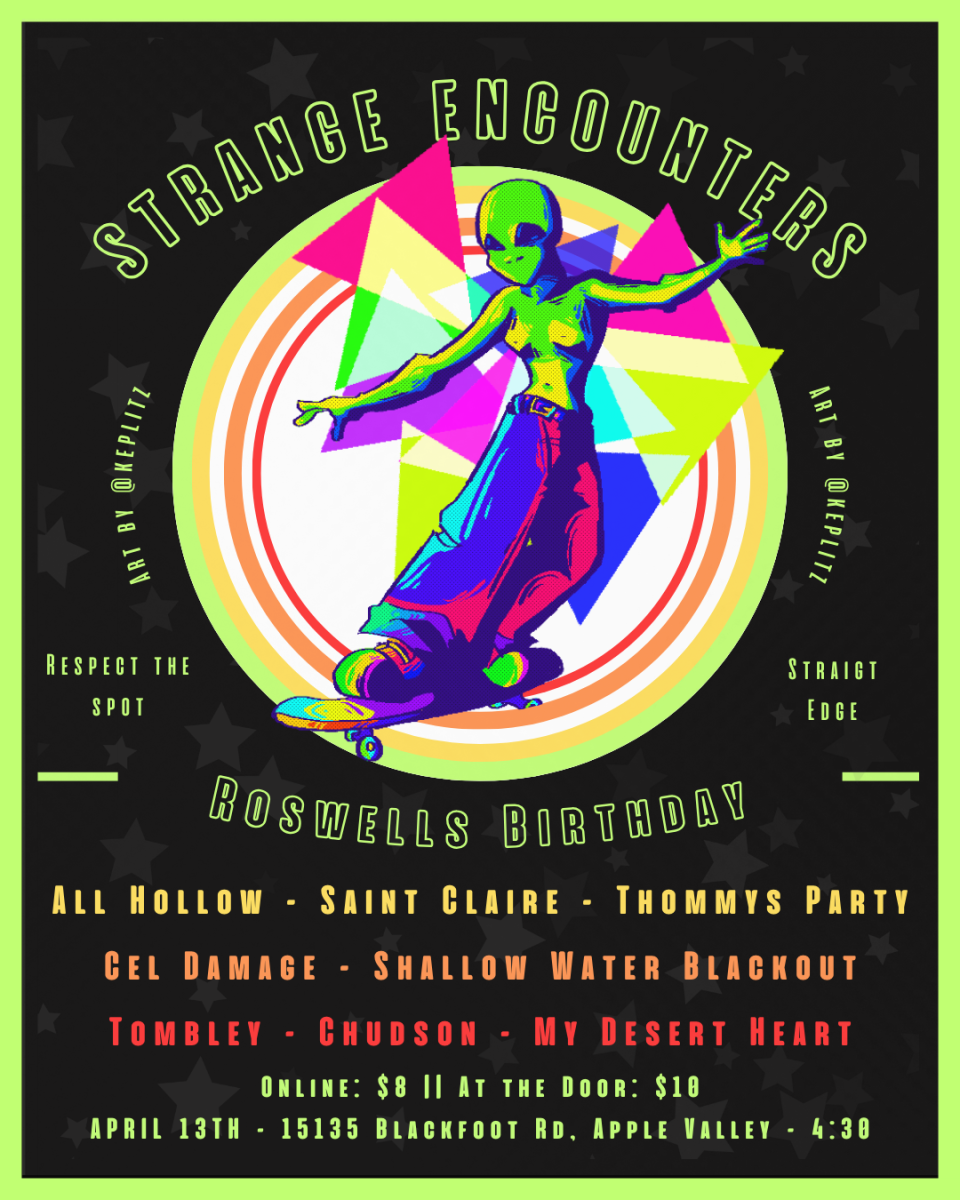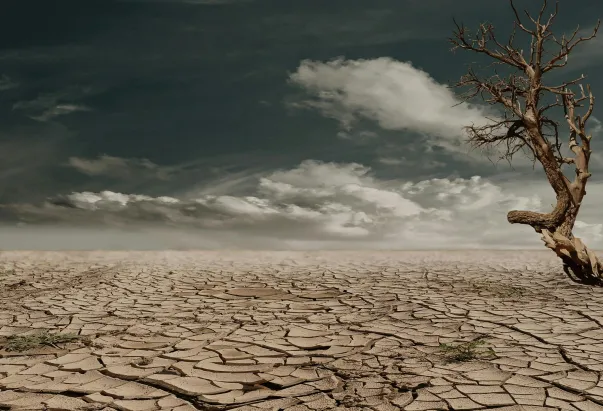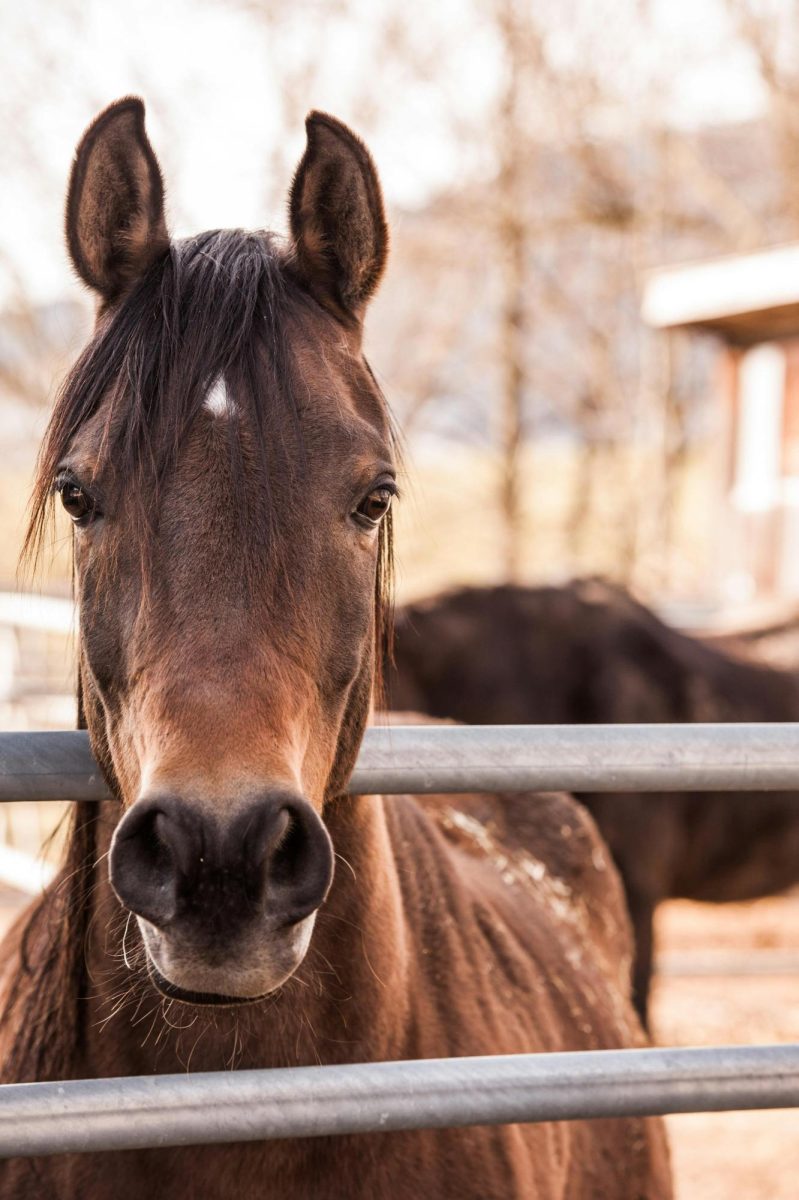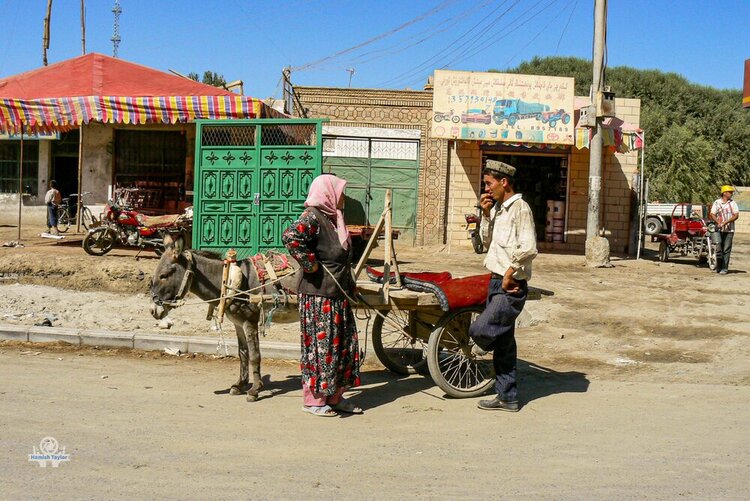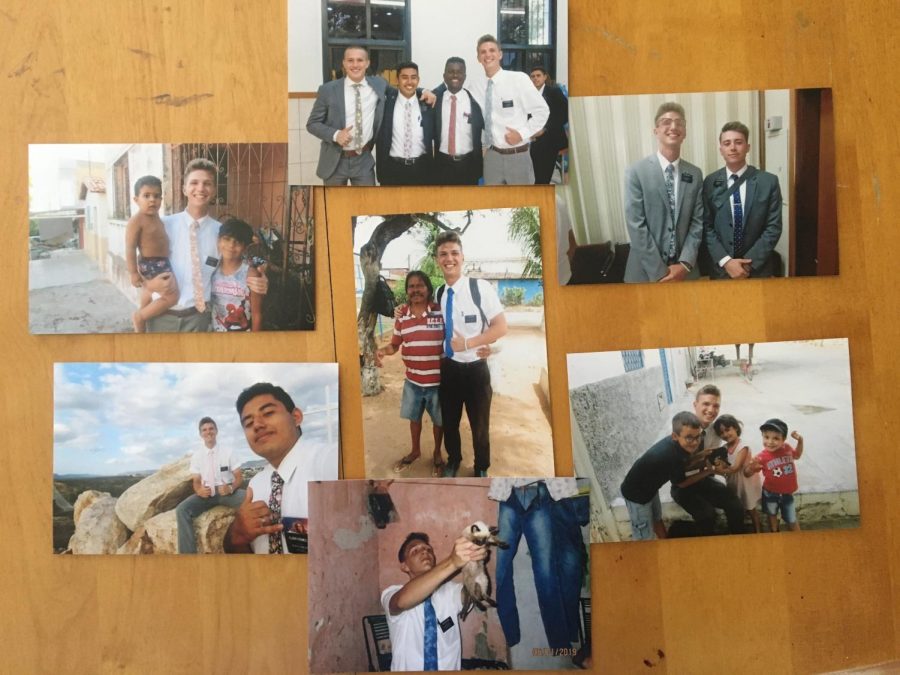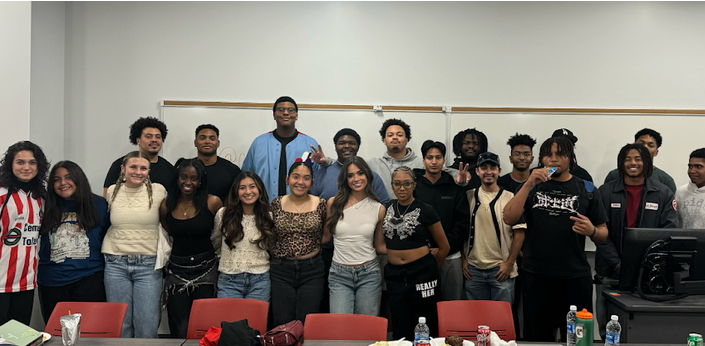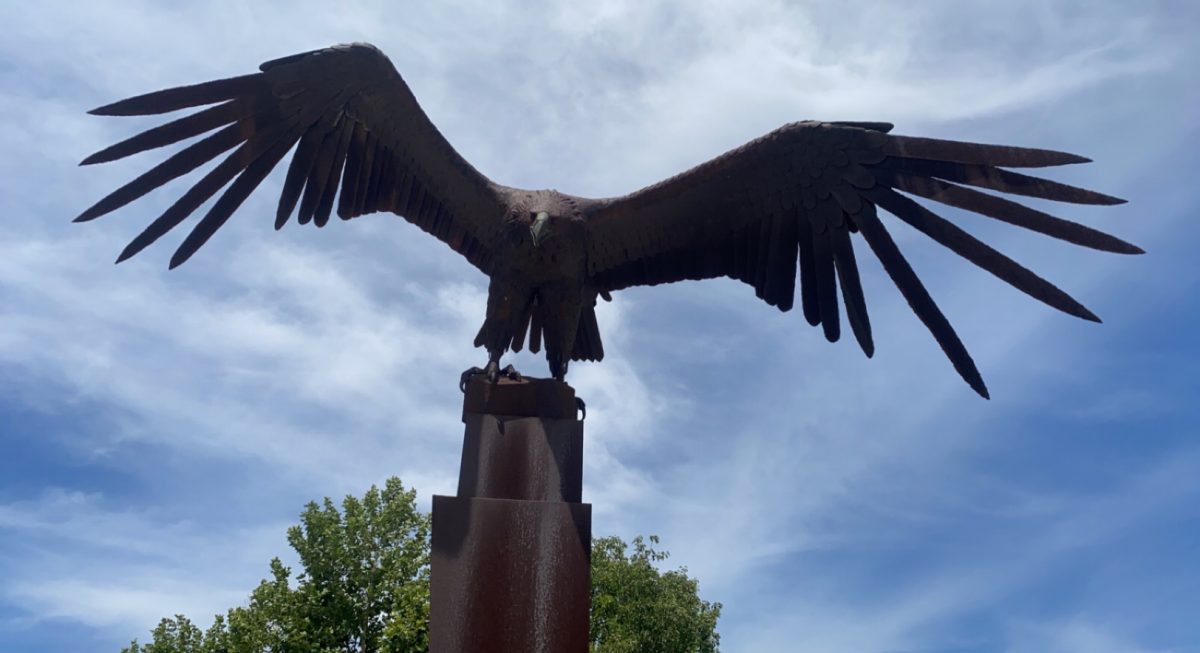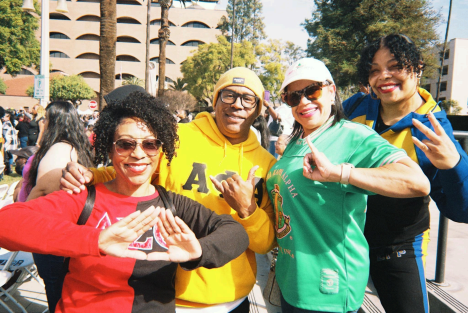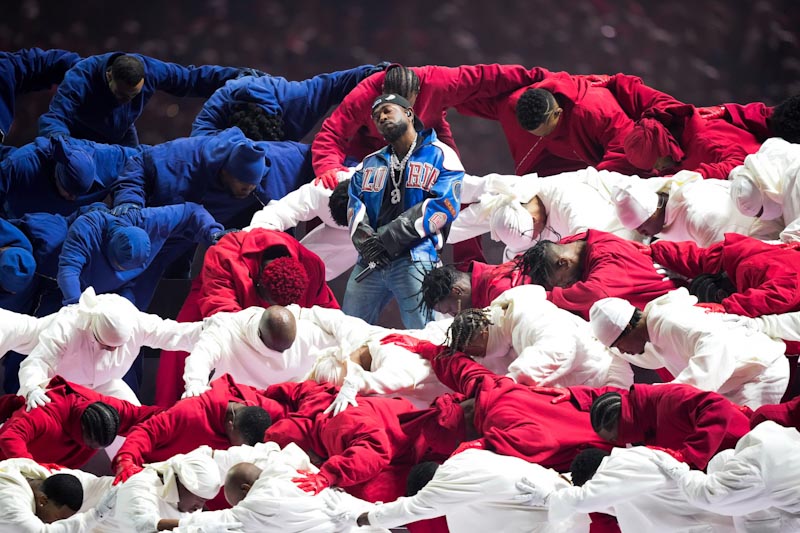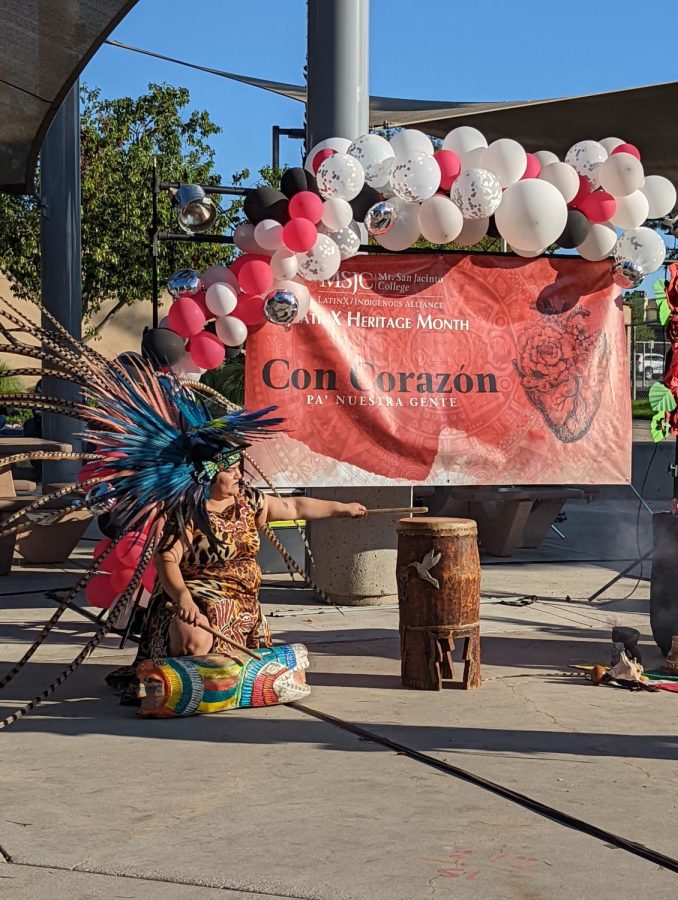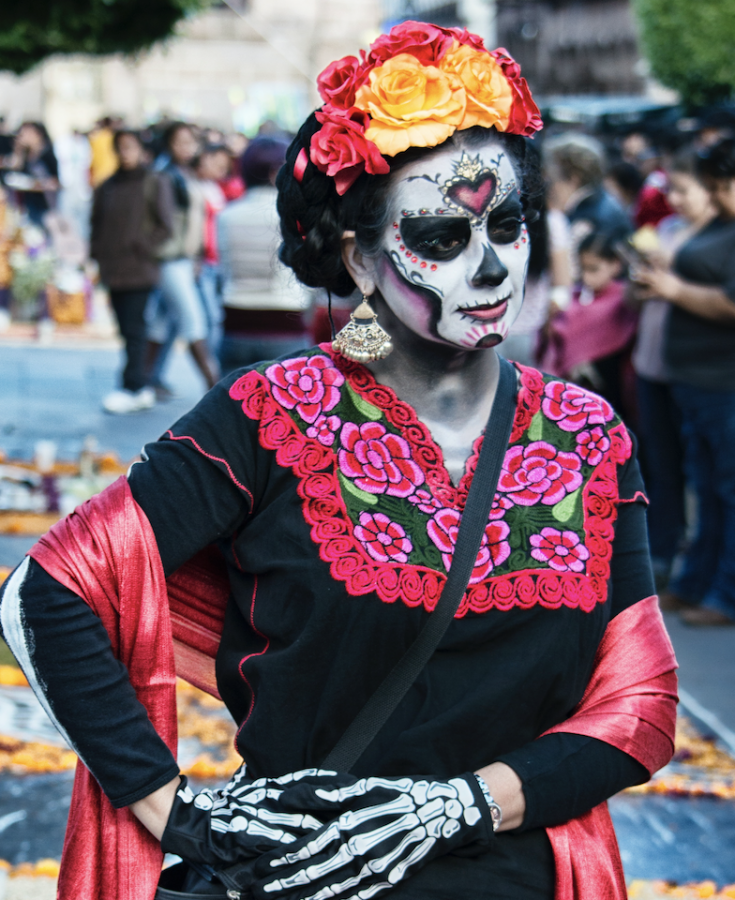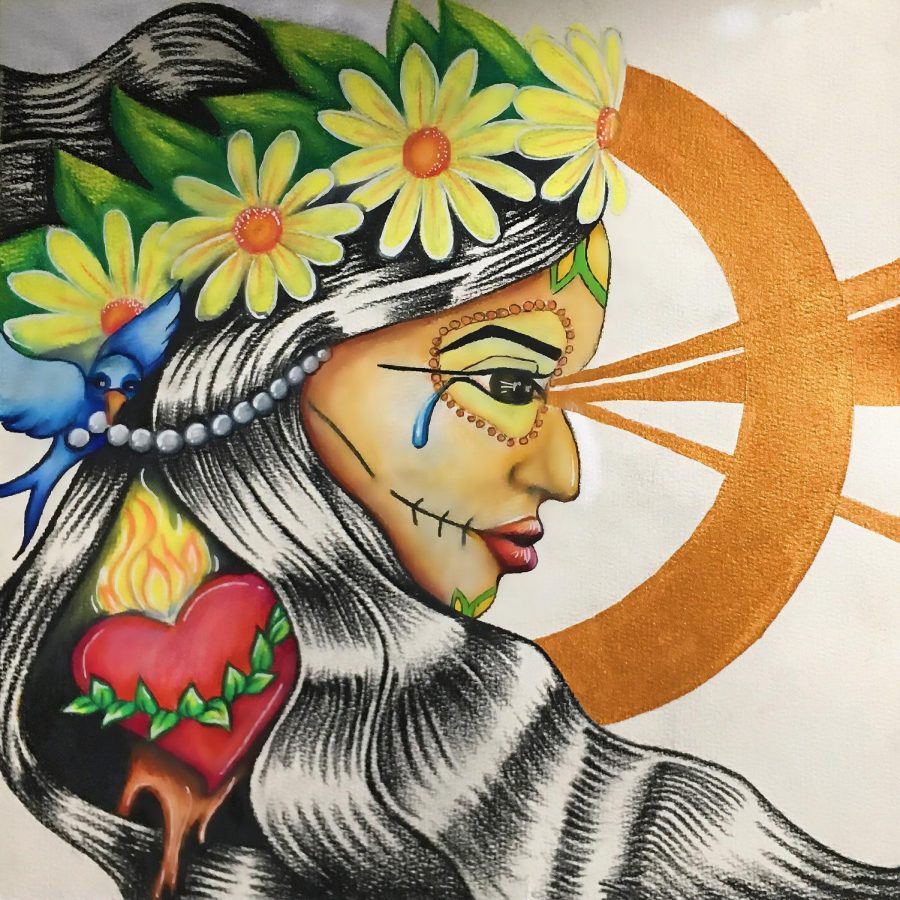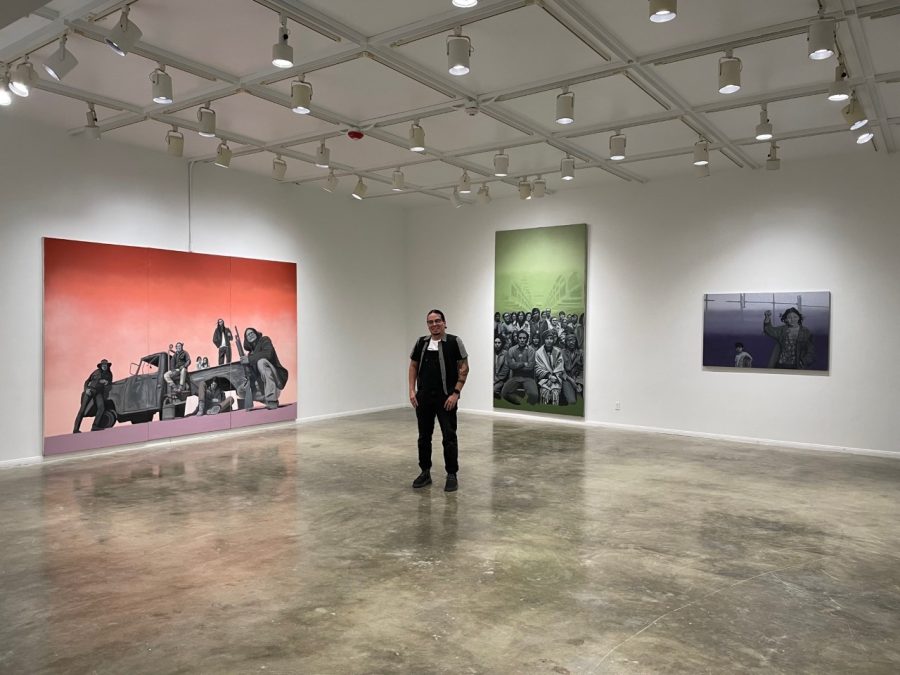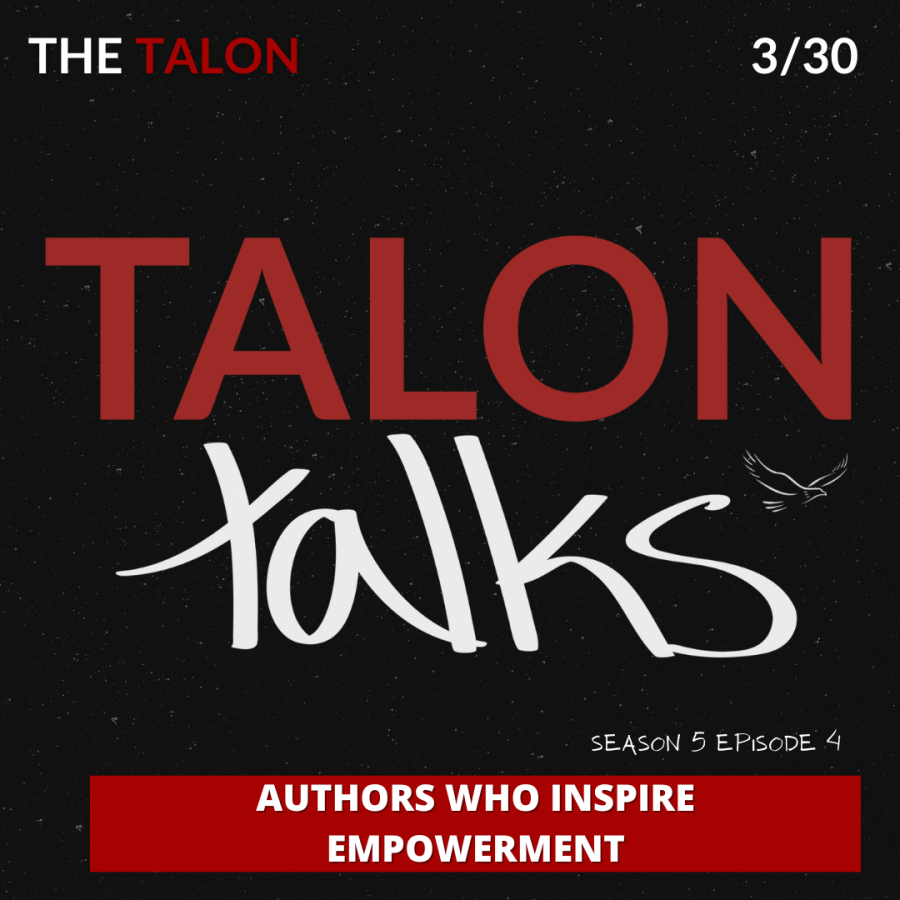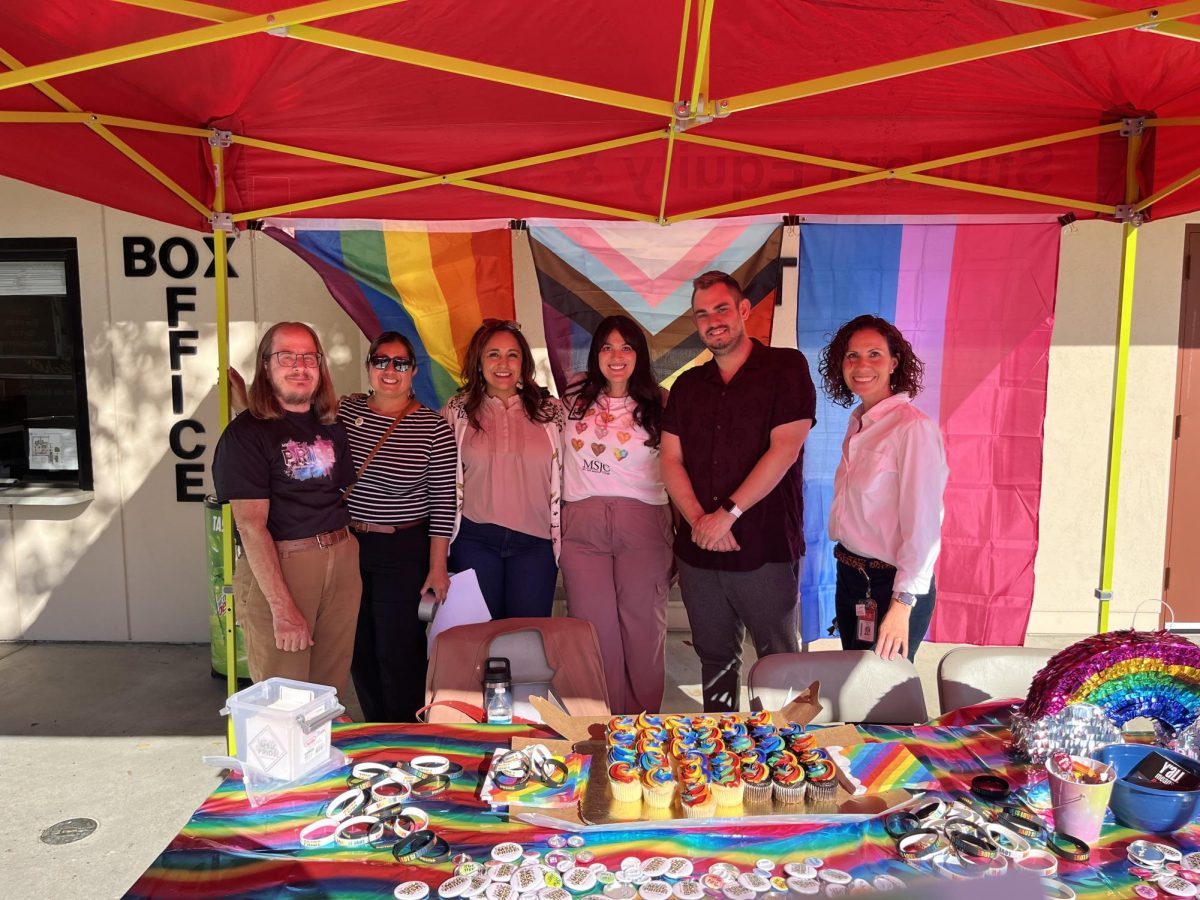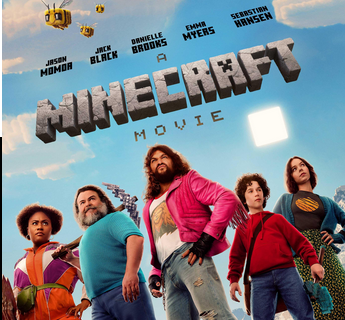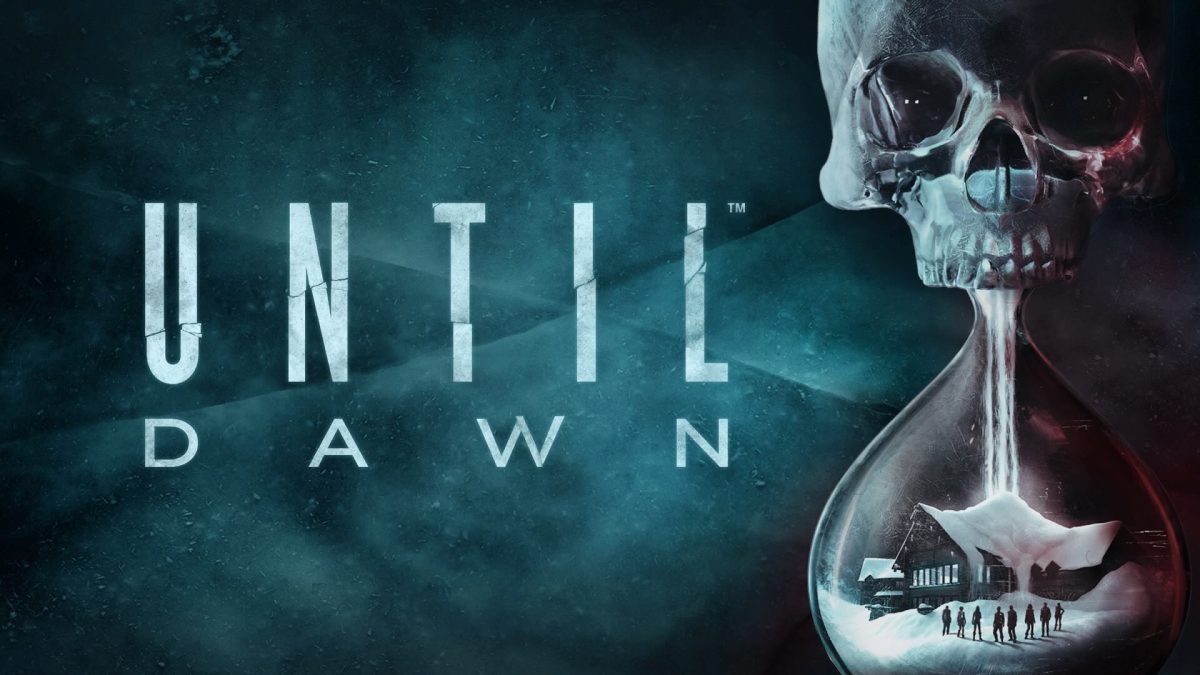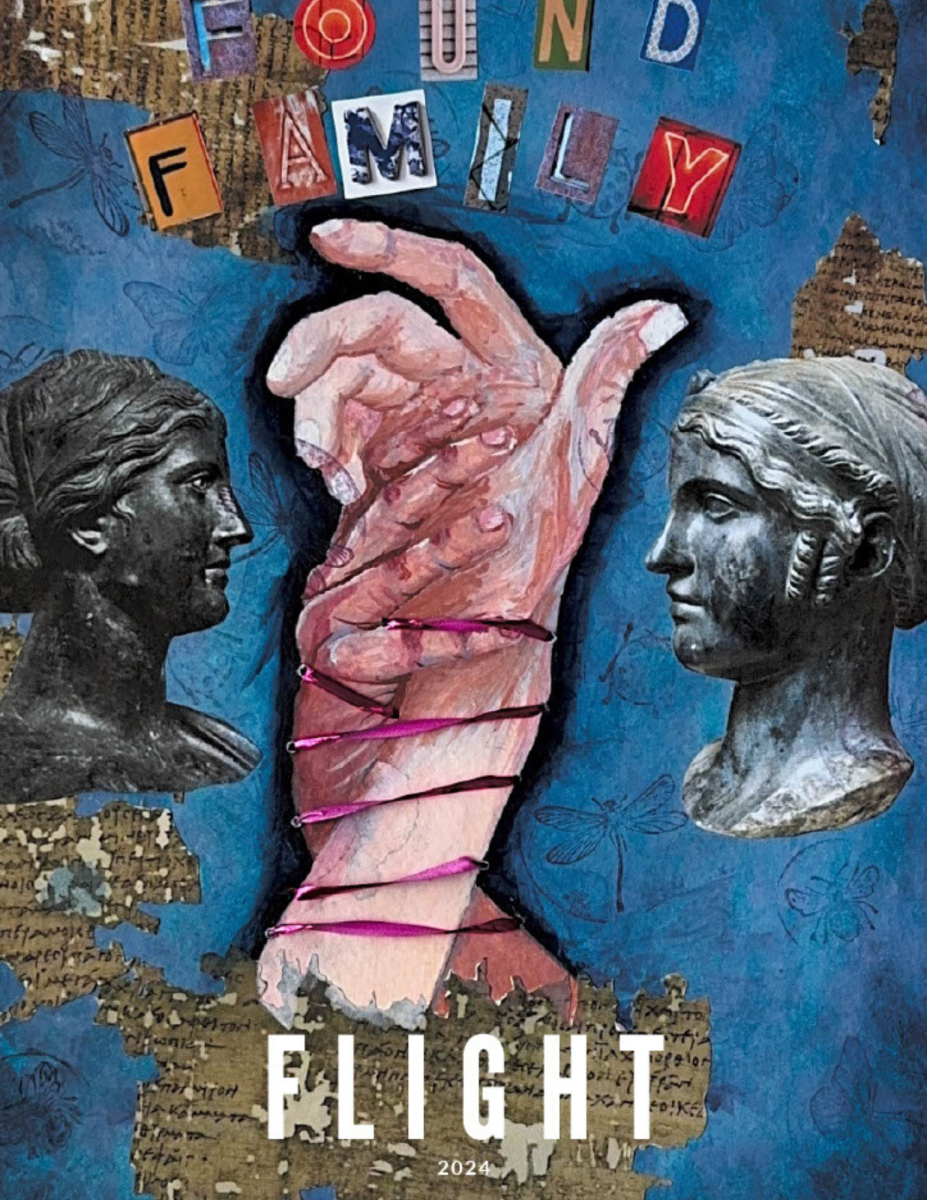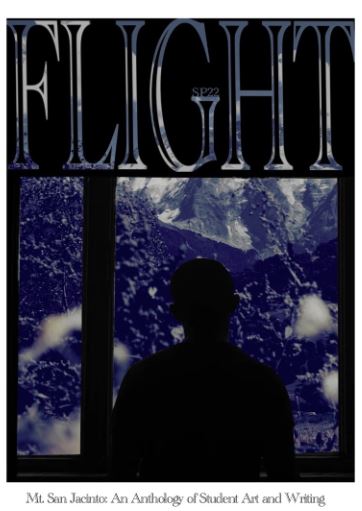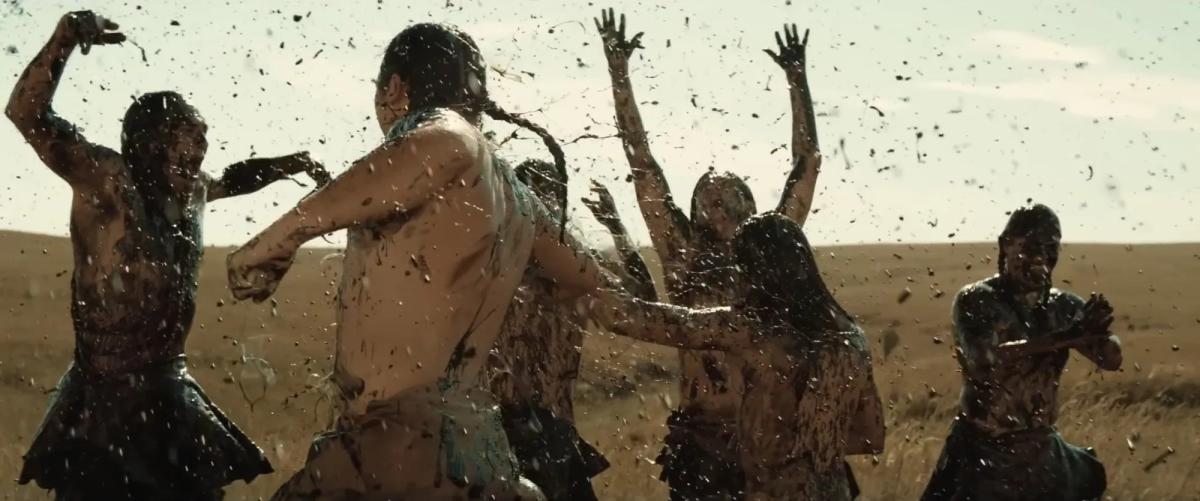The film opens with a scene in Oklahoma in 1919, on the land of the Osage tribe. Osage elders conduct a pipe ceremony, lamenting their assimilation into white America. Their children will learn a new language- learn it from white men- and the ways of their ancestors will fade away. The Osage cry out as they walk out into the plains to bury the pipe. Sun-baked grass as far as the eye can see. In the distance, we see a dark sludge begin to bubble beneath the cracked earth. Oil ruptures from the ground in an endless stream, and a bluesy tune begins to play over, a triumphant montage of the Osage celebrating the discovery of black gold on their land. Title cards read: “The Osage Nation”, “The chosen people of chance.”
Adapted from David Grann’s book of the same name, Scorsese’s “Killers of the Flower Moon” tells the haunting true story of a string of systematic murders in the Osage Nation in the 1920s. The Osage discovered an immense amount of oil on their land, and unsurprisingly, the white men in town wanted a slice of the profits- as big of a slice as they could grab. White men controlled the businesses, political realm, and every level of local law enforcement to claim Osage headrights. Osage headrights are property rights that ensure a quarterly share of the lucrative Osage mineral estate.
Leonardo DiCaprio portrays Ernest Burkhart, an unassuming man who returns from World War I to live with his uncle, William Hale, portrayed by Robert DeNiro. While Hale works as a cattle baron on his reservation ranch in Fairfax, Oklahoma, he is an incredibly influential man in the local civic order. He simultaneously props himself up as an ally to the Osage. He weaponizes this position of power to arrange the murders of multiple wealthy Osage members.
Ernest is a cab driver and meets Mollie Kyle, a full-blood Osage woman. A romance blooms, and Hale suggests that Ernest marry her- with the clear intent of stealing her family’s headrights. They marry, and though Ernest truly falls in love with Mollie- he still obeys his uncle’s every whim. Hale notably prefers his nephew to refer to him as “King.” The power Hale holds over him is unrelenting. Ernest eventually arranges the murders of Mollie’s first husband and two of her sisters, all while Mollie raises their three children.
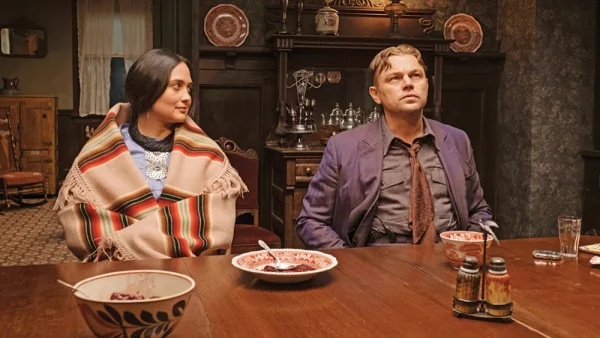
Hale was not satisfied. There were more headrights, and more lives, to claim. At the order of his uncle, Ernest slowly poisons Mollie’s insulin, and she becomes increasingly ill. Mollie is bedridden and distraught, still mourning the loss of her loved ones. Ernest lacked the resolve to stand up to his uncle but was still consumed by guilt and took the poison himself on a few occasions.
While the original book focuses on the formation of the FBI, Scorsese’s adaptation tells this story through the lens of Ernest and Mollie’s marriage, creating a more intimate outlook on the gut-wrenching events. Lily Gladstone’s portrayal of Mollie is truly an acting feat. Her expression always contains an undeniable depth, with a well of emotions just beneath the surface. Her grief is palpable. DiCaprio portrays Ernest in a not necessarily sympathetic way, but the audience can feel the hesitance of his actions, though he ultimately succumbs to his uncle’s will. DeNiro as Hale is one of his best performances in recent years, as he has an eerily cold demeanor- mundane while orchestrating a massacre.
Throughout the film, the original agenda of settler-colonialism is on full display: the complete erasure of Native American people. Hale is prideful of his position of power, and being in a place where money flows. He harps on ensuring estate money flows in the ‘right direction.’ In other words- his goal is to steal from the Osage and put the money in white men’s pockets.
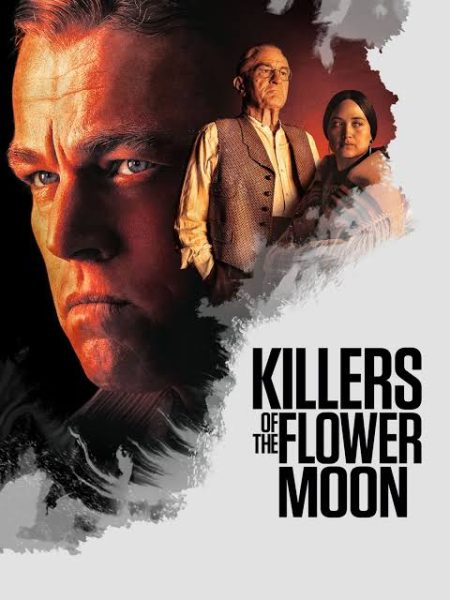
Tensions peak when Mollie, still in her sickly state, travels to Washington DC to seek federal intervention. She sees these murders aren’t coincidental, and local law enforcement is complicit in this tragedy. There have been too many suspicious deaths, not just within her immediate family but the entirety of the Osage community. The new Bureau of Investigation comes to the Osage land, and the pursuit begins. Scorsese takes his time with the development of this investigation, leaving the audience on the edge of their seats throughout its impressive runtime. Ultimately, the mass murderers couldn’t cover their tracks. Hale and Ernest were both convicted of their crimes and served life sentences, while Mollie made a full recovery and remarried.
The Osage were the chosen people of chance and paid the ultimate price. Where money flows freely, those consumed by greed will do anything to get their hands on it. In America, settler-colonialism didn’t end with massacres like these- it persists today. The stories of modern Native Americans aren’t taught in schools, and we don’t learn about their traditions- ones that have been lost to time or live on. We simplify and sugarcoat the devastation settler-colonizers brought upon them in the past, and ultimately, we still live on land that isn’t ours.
“Killers of the Flower Moon” is more than the typical crime genre film. It brings to light a great injustice that is worth our attention. It’s a gripping case study on American greed with a devastating love story at its core, and its profound narrative and powerhouse performances make this film one of the best of the year.





